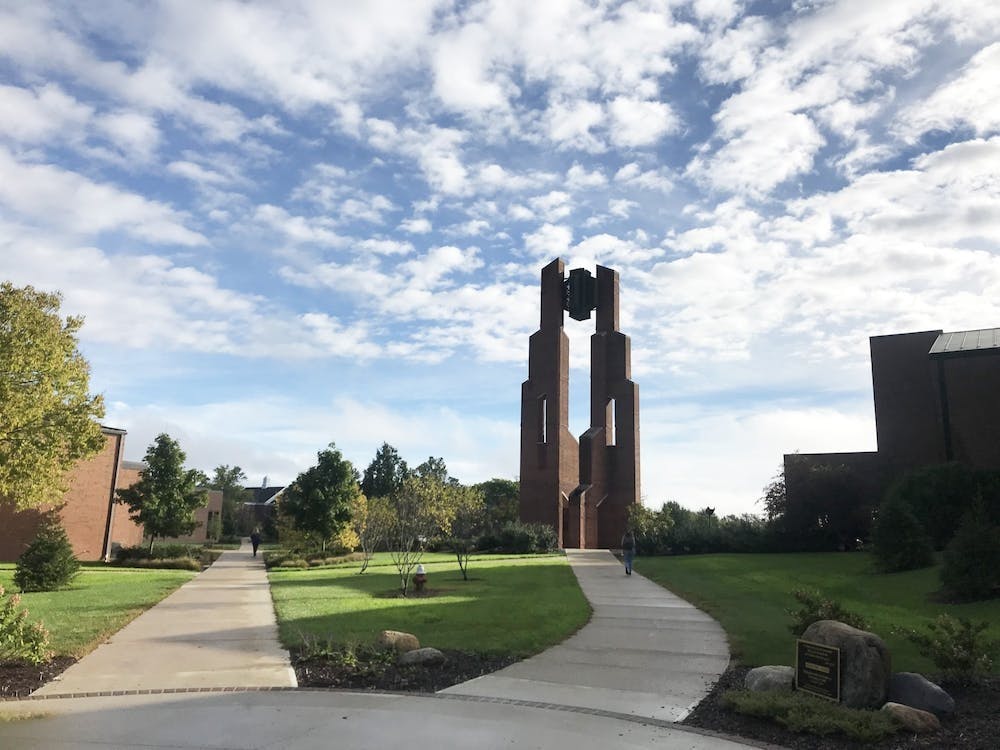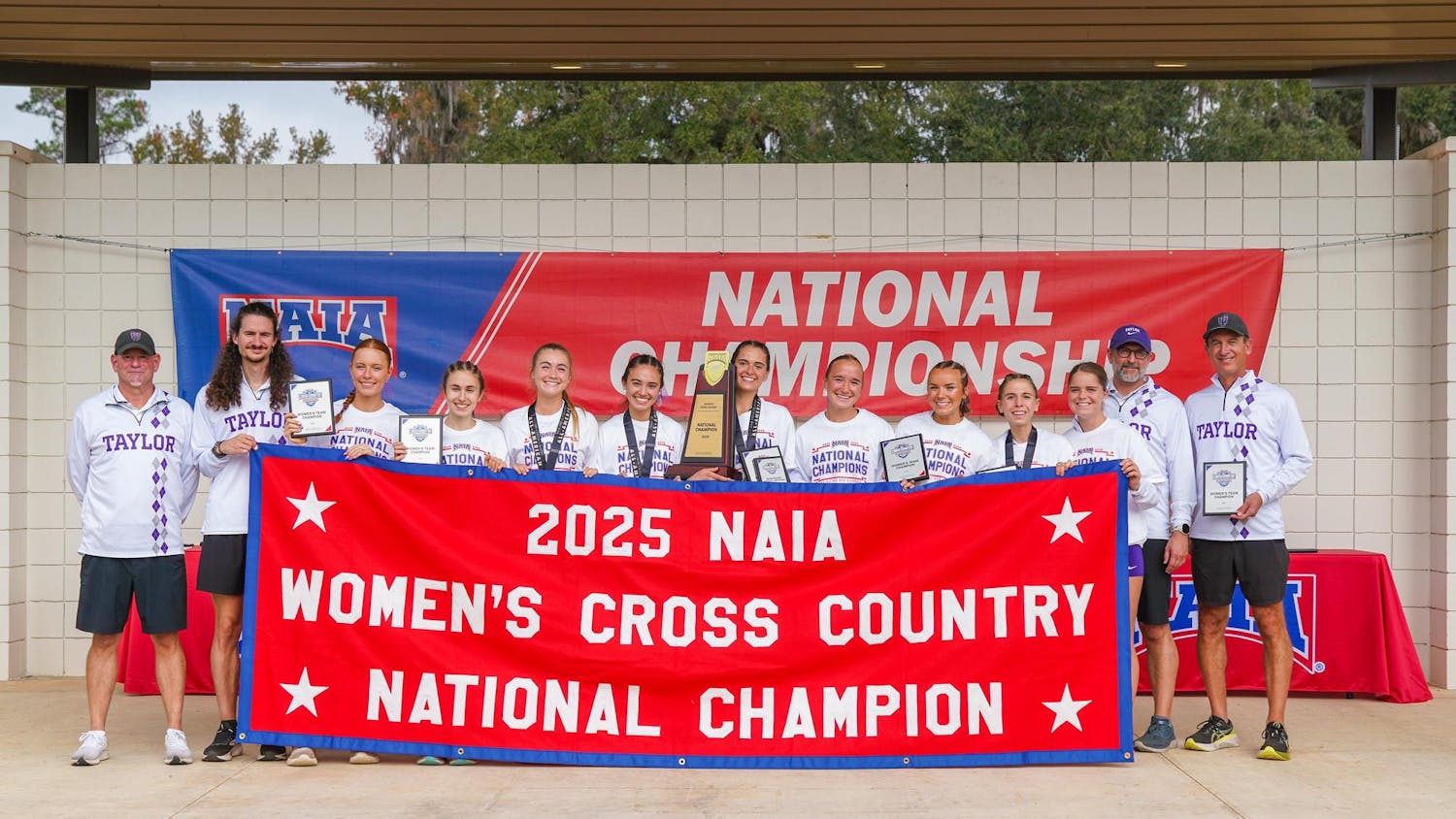After all, outside of the Foundational Core, inter-major interactions are few and far between. Students simply settle into their field of study, preparing for their future careers without being challenged by the idea that they will often be working with other departments in their respective jobs post-graduation.
It’s something Julie Borkin, assistant professor of communication, is trying to instill in her communication majors.
“The communication major itself is a smaller major on purpose for that reason, so that people have a chance and an obligation to add other things to their plan of study based on interests or plans or goals,” Borkin said. “My ultimate plan is to help people know why they’re taking a course and be able to find something that they can get out of it that will apply to what they’d like to do.”
Yet she also acknowledges that there’s a long way to go for other course groups. The Foundational Core, especially, has potential to be an integrative anchor point for students of various majors, but at present, the only connections students may see between these classes and their future classes are concepts.
That’s not to say that such changes are not in progress, of course. Yet the change is slow, and even with the overhaul that is taking place in the Foundations courses, the main focus remains on abstract ideas.
“We want to be able to reinforce in (IAS) 495 (senior seminar) the things that they’ve been introduced to early on,” Nancy Dayton, dean of arts and humanities, said. “I know I can build off of those assumptions – that somewhere they (senior students) were exposed to (in previous Foundations classes).”
One such example of this ideological overlap comes from COS 104, the computing and culture course for non-computer science majors.
Taught in part by Ben Messick, visiting assistant professor of computer science, this course is taken by a variety of majors, where Messick hopes to instill in all students the value that technology has in everyday life.
“I really enjoy being able to teach out of the department because you have people who may not like (it) or may not enjoy it, or not even know what to expect with COS 104,” Messick said. “She (one student Messick spoke to) didn't really want to take it and she said today, ‘This is really interesting.’ Because it affects her major, and affects what she's going to have to do.”
Still, there is no hands-on collaboration between departments, let alone interaction between classes. The classes Dayton referred to are largely book-end courses, leaving sophomores and juniors without integrative opportunities as they focus on major-oriented coursework.
Few classes allow students to work together, even when it would be beneficial toward their careers. Few classes allow for an overlap between writers and illustration majors, for instance. If students hope to learn how to communicate with one another through different disciplines, it’s a skill they’ll have to learn on their own.
Nonetheless, the progress the university is beginning to make is encouraging. For an institution founded on the integration of learning, there’s a lot to learn, especially with a growing campus.
The changes taking place are a starting point for deans and professors who have begun recognizing the issue, but for students to truly be woven together, the departments must find the overlap between their departments to live up to the integration that Taylor promises.





